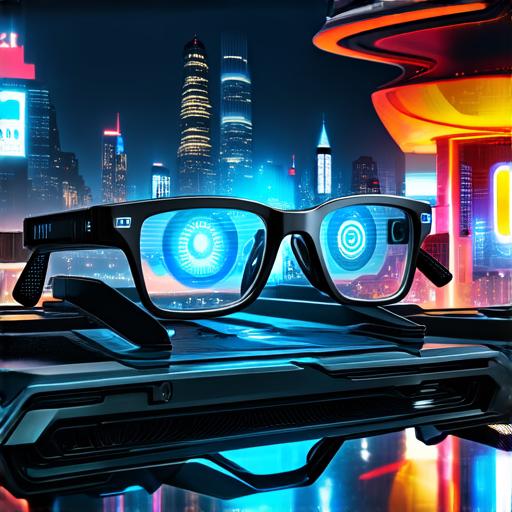From Prototype to Mainstream
When AR was first introduced, it was a prototype technology that required specialized equipment and software. However, with the advent of smartphones and mobile devices, AR became more accessible and affordable. In recent years, the development of advanced algorithms and sensors has allowed for more accurate and seamless integration of digital information into the real world.
One example of this is the popular mobile game Pokemon Go, which uses AR to allow players to capture virtual creatures in their physical environment. The success of Pokemon Go helped to bring AR into the mainstream and paved the way for other applications of the technology.
Education and Training
AR has found numerous applications in education and training, allowing students and professionals to learn in a more interactive and immersive way. For example, AR can be used to simulate surgeries or emergency procedures, allowing medical students to practice their skills in a safe environment. In addition, AR can be used to teach anatomy by superimposing digital models onto the real human body.

One company that has capitalized on this trend is MetaverseVR, which uses AR technology to create immersive educational experiences for students. The company’s platform allows teachers to create virtual classrooms where students can explore topics such as history, science, and language arts in a more interactive and engaging way.
Healthcare
AR has also found significant applications in healthcare, particularly in the areas of surgery and rehabilitation. For example, AR-guided surgery allows surgeons to visualize the patient’s anatomy and plan their procedures with greater accuracy. This can lead to fewer complications and shorter recovery times for patients. In addition, AR can be used to provide real-time feedback during rehabilitation exercises, allowing patients to see their progress and adjust their movements accordingly.
Manufacturing
AR has also had a significant impact on the manufacturing industry, particularly in the areas of design and assembly. For example, AR can be used to visualize 3D models of products, allowing designers to make real-time adjustments based on feedback from clients or customers. In addition, AR can be used to streamline the assembly process by providing real-time information to workers about their tasks and helping them identify potential issues before they become problems.
Case Studies
One example of the impact of AR in manufacturing is IKEA’s Place app. The app uses AR technology to allow users to see how furniture would look in their homes before making a purchase. This has led to increased sales for IKEA and has also allowed customers to make more informed decisions about their purchases.
Another example is General Motors’ use of AR in the assembly process. The company uses AR to provide real-time information to workers about their tasks and to help them identify potential issues before they become problems. This has led to increased efficiency and reduced downtime in the manufacturing process.
Summary
Augmented reality has come a long way since its inception, and its applications have expanded beyond gaming and entertainment to include education, healthcare, and manufacturing. As technology continues to advance, we can expect AR to continue to play an increasingly important role in these and other industries.
